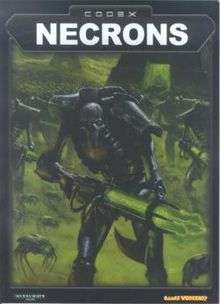Gothic science fiction

Gothic science fiction, also known as space goth, is a subgenre of science fiction that involves gothic conventions.[1] By definition, the subgenre attempts to capture the dark atmosphere of gothic fiction while also incorporating elements of science fiction.
Some of the more obvious examples of the subgenre feature vampires explained in a science fiction context, commonly that vampires are aliens or those infected by a disease (as in Richard Matheson's novel I Am Legend), or products of parallel evolution (as in George R. R. Martin's novel Fevre Dream and Kate Nevermore's novel Blood of the Living). Some feature entire planets of vampires, or vampire-like creatures (such as the comic book Vampirella). Other works in the subgenre apply gothic conventions to the setting of outer space and the concept of extraterrestrials (such as the films Alien and Event Horizon or the video game Doom). Some works blend gothic science fiction with other science fiction subgenres. For example, the film Blade Runner is primarily a cyberpunk neo-noir, but it contains gothic elements in its themes and visual design.
In his history of science fiction, Billion Year Spree, Brian Aldiss contends that science fiction itself is an outgrowth of gothic fiction -- pointing to Mary Shelley's novel Frankenstein as an example: "Science fiction is the search for a definition of man and his status in the universe which will stand in our advanced but confused state of knowledge (science) and is characteristically cast in the Gothic or post-Gothic mode."[2] The blend can also be detected quite explicitly in Jules Verne's novel Le Château des Carpathes.
Other examples of the subgenre feature other traditionally gothic tropes in new settings, such as:
- Damsels in distress in faraway future
- Gothic planetary romance
- Gothic futuristic romance